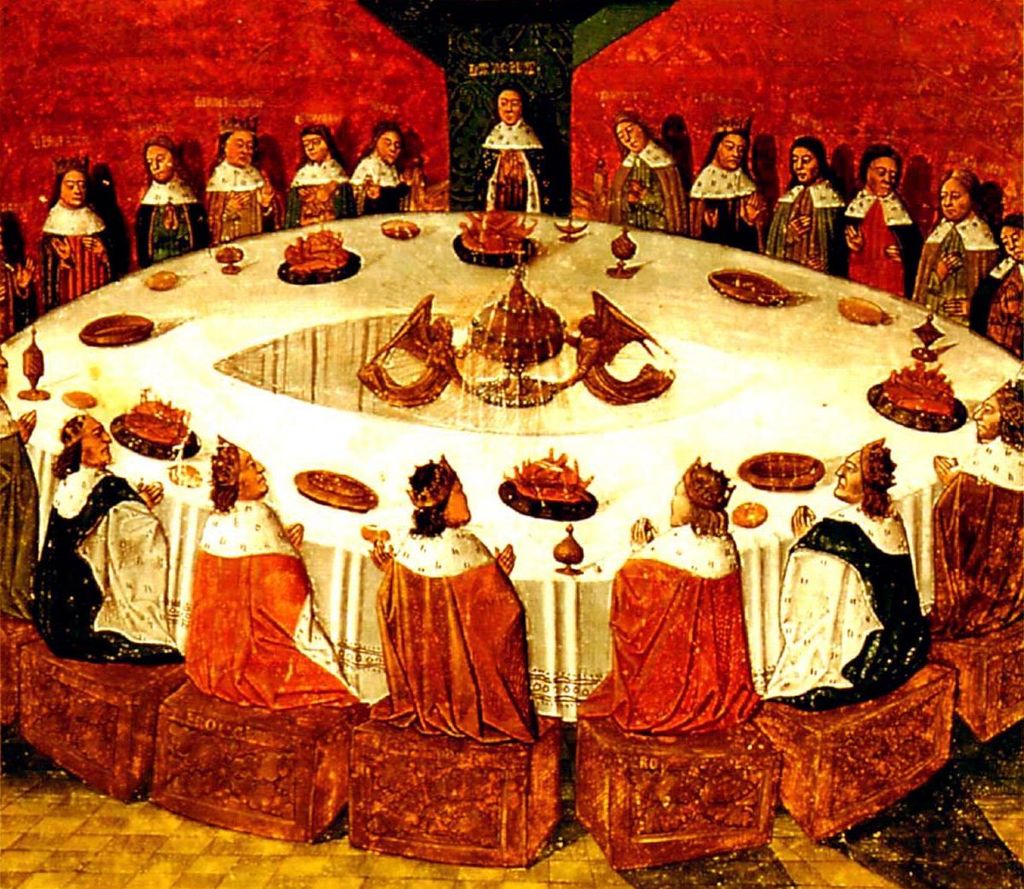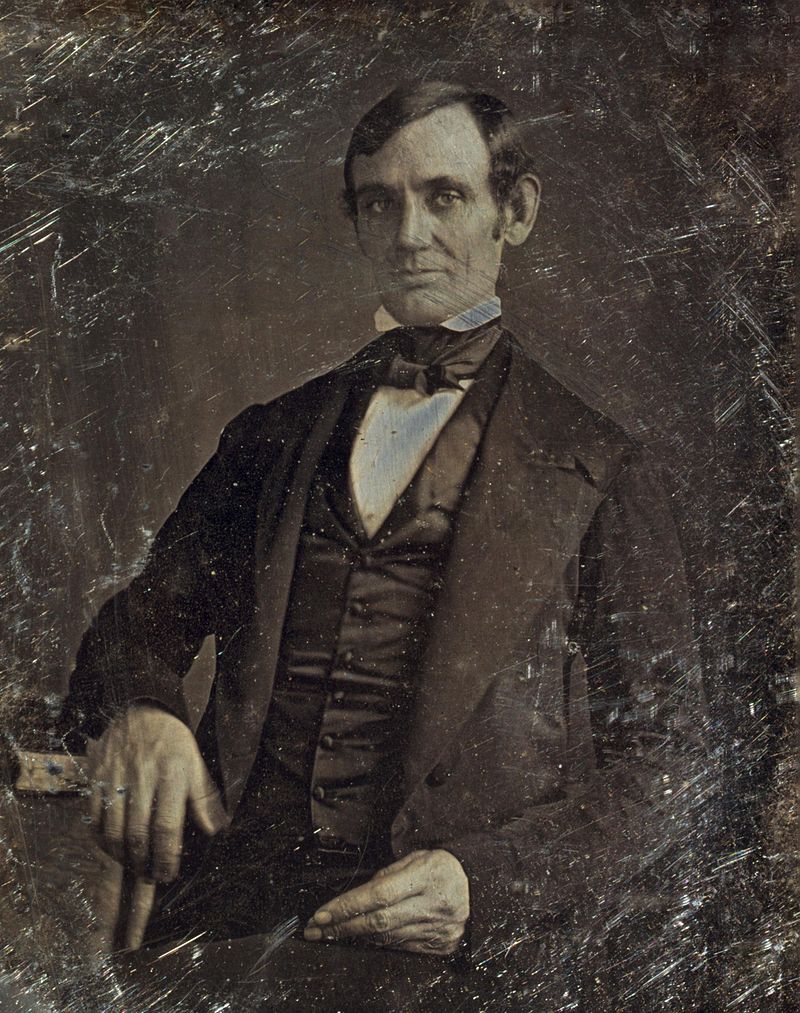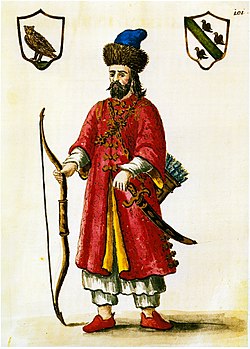 |
| Fort Chipewyan |
I started the Wikipedia Trail on the Sioux Indians since
that is what I read this week. I learned that the Sioux were divided into three
language divisions: Dakota, Lakota, and Nakota. The Dakota division were
actually involved with the French in the North American fur trade in the late
17th century. The fur trade
had a fierce competition between the British and the French. The Iroquois were
caught in the middle of this fierce battle and ended up migrating to the GreatLakes. The Great Lakes consist of multiple bodies of water that actually
possesses close to 20% of the world’s fresh water. Since they are so large,
they have impacts on the regional weather in this area. The phenomena is called
the Lake-Effect snow. This is where cold air masses move across the warm bodies
of water, causing a snow storm.






